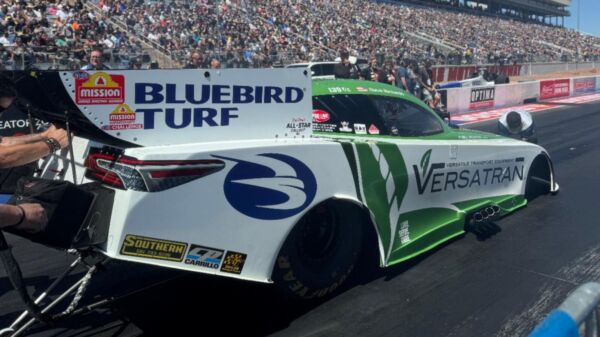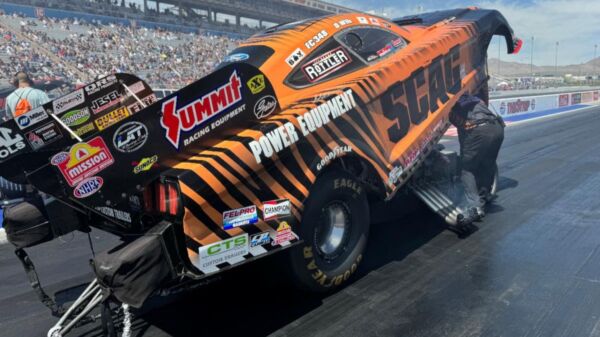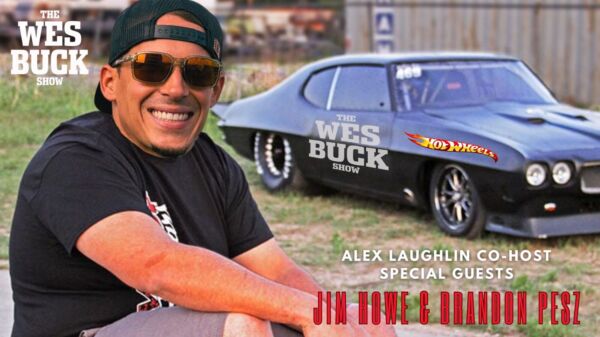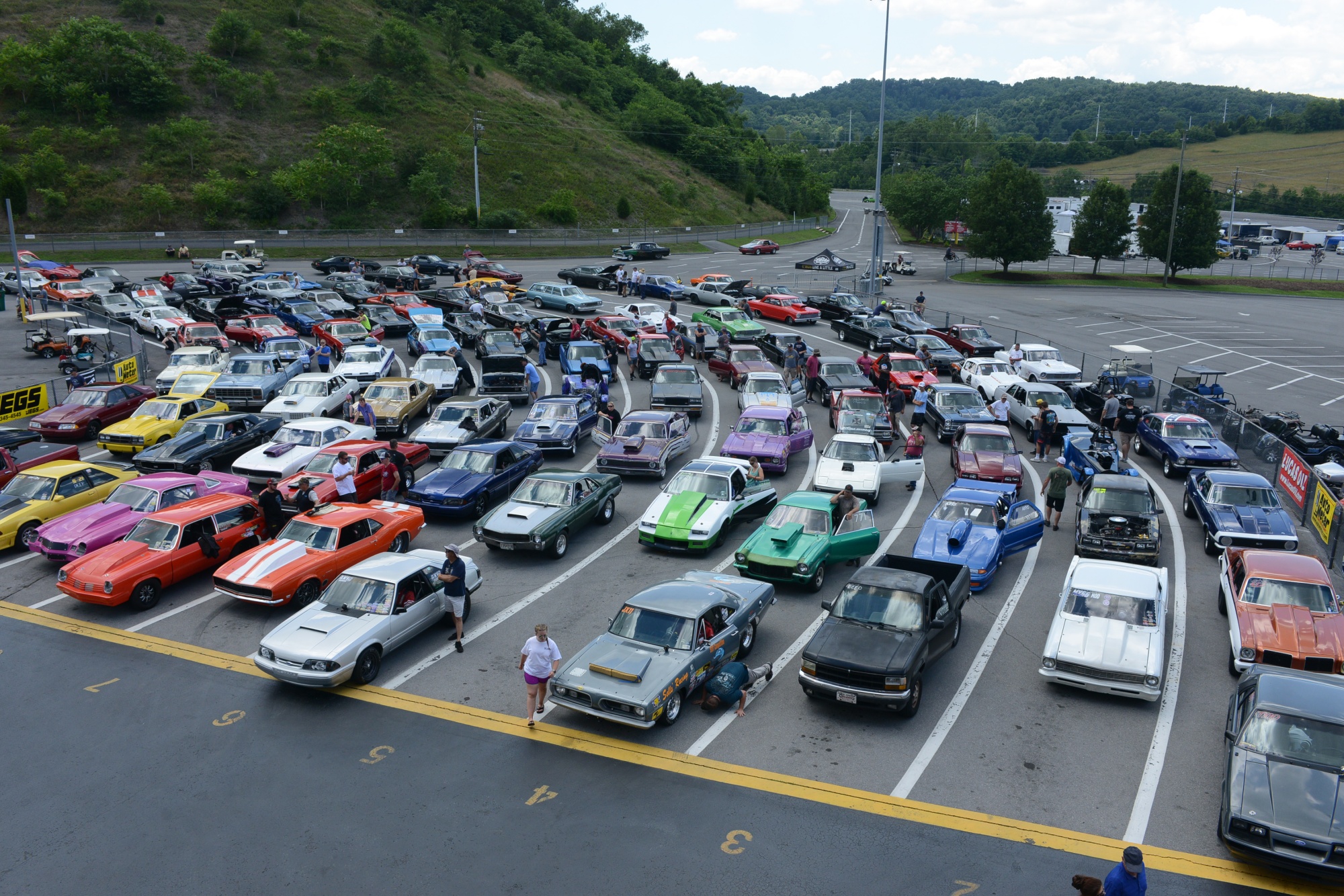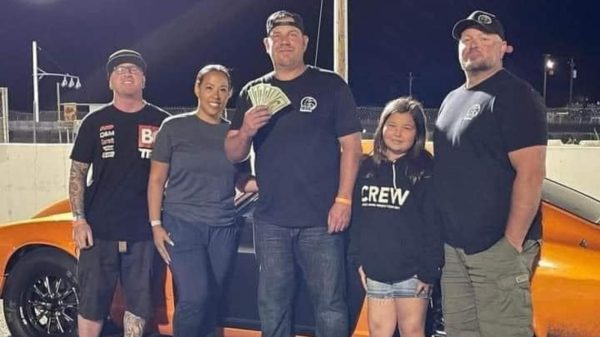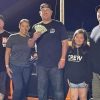A remarkable thing happened this summer.
Without question, the COVID-19 pandemic put a pause and a disruption on nearly everything it has touched.
But in sportsman and bracket racing, the narrative seems to be a little different. There have been numerous success stories in the sportsman bracket racing ranks in the midst of a public health crisis. Racers have flocked to racetracks in massive numbers, with some pockets reporting record participation numbers.
National Trail Raceway in Columbus, Ohio, drew nearly 700 cars for its double-divisional race, by far the most it has ever drawn for a Lucas Oil divisional race or JEGS SPORTSNationals race. At Bristol, the BTE World Footbrake Challenge drew 550 entries, nearly 70 more than last year’s number, which was a record at the time. More than 600 racers were in attendance at the most recent NHRA race in Indy, too, as numbers continue to impress.
[Editor’s Note: This story originally appeared in DI #159, the Sportsman Issue, in August of 2020.]
The JEGS-SFG $1.1 Million race in Martin, Michigan, had more than 700 entries, while a flurry of big-money races in the fall are already at huge numbers, including the sold-out Great American Guaranteed Million in Memphis, the Fall Fling, SFG 500 and more.
And that’s just the tip of the iceberg for what’s occurred during the wild and unprecedented summer of 2020. Sure, the pandemic has undoubtedly wreaked havoc, forcing some tracks to close and major, fan-drawing organizations like the NHRA to make massive adjustments and concessions to its national event schedule.
But the backbone of the sport – sportsman racing – has seemingly thrived, not worried about having to rely on fans in the stands. From tracks large and small, the racers have been there, coming together for the betterment of the sport and showing strength in numbers.
Drag Illustrated talked to promoters and sponsors on the sportsman and bracket scene on how surprised they’ve been about the massive participation, how that bodes well for the sport and why the fall could determine just how successful 2020 will be.
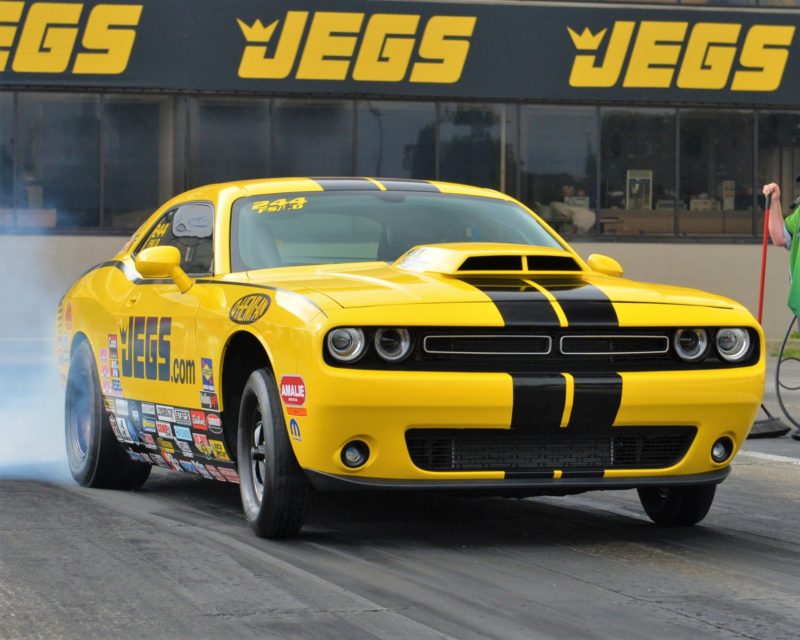
Jared Pennington is a promoter of the BTE World Footbrake Challenge, which held its 14th race in July at Bristol, drawing a record 550 entries.
Kyle Seipel promotes the Spring Fling and Fall Fling races with Peter Biondo. The Spring Fling drew nearly 400 competitors, and 90 percent of the Fall Fling entries sold out the first day. As the dragstrip manager at Sonoma Raceway, they drew nearly 450 cars to their double-divisional, the second most ever during a time and area where the pandemic hit hard.
Scott “Woody” Woodruff is the Director of Media and Motorsports at JEGS, which sponsored the double-divisional at National Trail Raceway. Woodruff saw the massive success of double-divisional events there, as well as Sonoma, Topeka and New England Dragway.
Kyle Riley is the promoter of SFG Promotions, which drew upwards of 700 racers to the $1.1 Million Race. He sold out entries for a race in Darlington earlier this year, and also expects 500-plus for an upcoming event in Columbus, and 600-plus at the SFG 500.
Seeing the racers come out in droves this summer, how surprising has that been? Is there a reason behind it?

Jared Pennington
Jared Pennington: You would think financially almost everyone has been affected in some shape or form by this [coronavirus] and you would think disposable income might not be there, but we have seen the sportsman and bracket races excel this year. It’s crazy some of the car counts we’ve seen. We had a record crowd in July and we never really saw that coming until the pre-entries started piling in.
Most races I’ve seen have experienced good car counts and performed really well. I think people got cooped up and maybe they were itching to get out there and race.
There’s still certain areas of the country hampered by it and some tracks still aren’t open. I know Norwalk [Summit Motorsports Park] is closed for the year and we had the largest number of Ohio racers ever. We probably had 25-30 entries from northern Ohio. We also saw our highest number of first-timers, where nearly 35 percent of our crowd was first-timers.
Kyle Riley: It’s been pretty amazing, actually. We’ve had three races during the pandemic and one of them was just put on because we saw an opportunity. Darlington sold out and the $1.1 Million topped out at 730 entries during a pandemic. It’s been very fulfilling and we’re seeing a lot of new guys. That’s a good sign.
When the pandemic started, it kept the racing from happening and I think it made the racers even hungrier to race. It kept them from spending money and getting out there, so they were ready to go when racing rolled around.
Scott Woodruff: I think it’s a good sign. To me, the sportsman racers are what financially make it all possible. With the NHRA business model, they need entry fees, sponsorship and they need fans. If it’s not a national event, they don’t need to have fans.
They’re not basing their decisions on how many fans they can get in the stands. With all these COVID restrictions, it almost lends itself to strong division races because you don’t have to worry about the fans.
Kyle Seipel: From your typical NHRA event, you have to look at it from a different perspective, but sportsman and bracket racing-wise, it’s thriving in my opinion for a lot of reasons. One of those, people are picking and choosing to go to closer events, and they’re going to a facility and having multiple chances to win.
To be able to go to one venue and race three, four or five times within four days, that’s a big draw. With what’s going on in the world, bracket racing is thriving because of having that multiple chances to race in one weekend. That makes a big difference and we’ve been very fortunate.
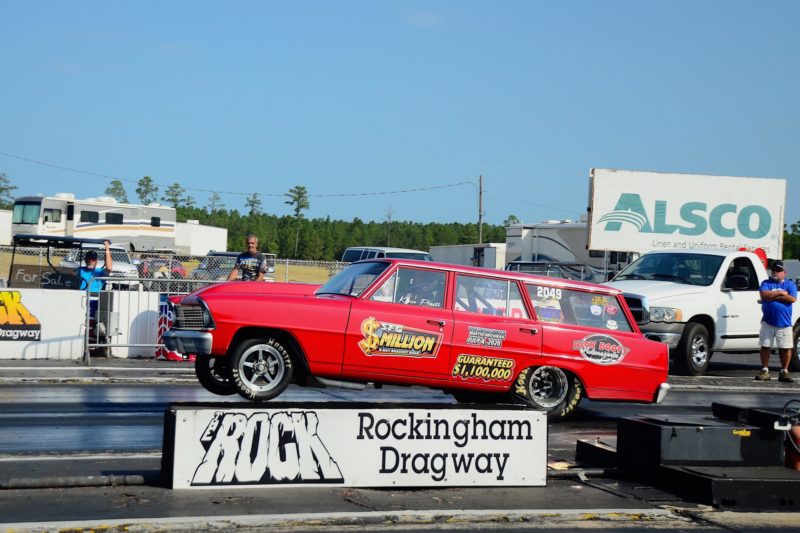
How impressed have you been by the racing community – whether it’s sponsors or participants – coming together?
JP: For us, from the racers I talked to, they’ve really wanted to do this race for quite some time. It’s our 14th year and it’s been a bucket list race for footbrake racers. They’ve been cooped up and wanted to do it, and, really, that’s the approach I heard the most. I thought it was interesting that a lot of them had never even done a footbrake race before.
With sponsors, I reached out to everyone on our sponsor list in May. I let them know we’re all in unprecedented times and if they felt it was necessary to remove their contribution for this year, it would be accepted by us and we would not try to replace it with a competitor. But every one of them said, “absolutely not,” and stated things are going well.
I really believe the motorsports industry has continued to do very well. I think the working man is still busy and companies that are dedicated to some type of trade are still extremely busy. For our races, I know we’ve had a great response with sponsors, and everyone remains committed for our Labor Day race. That’s a great sign.
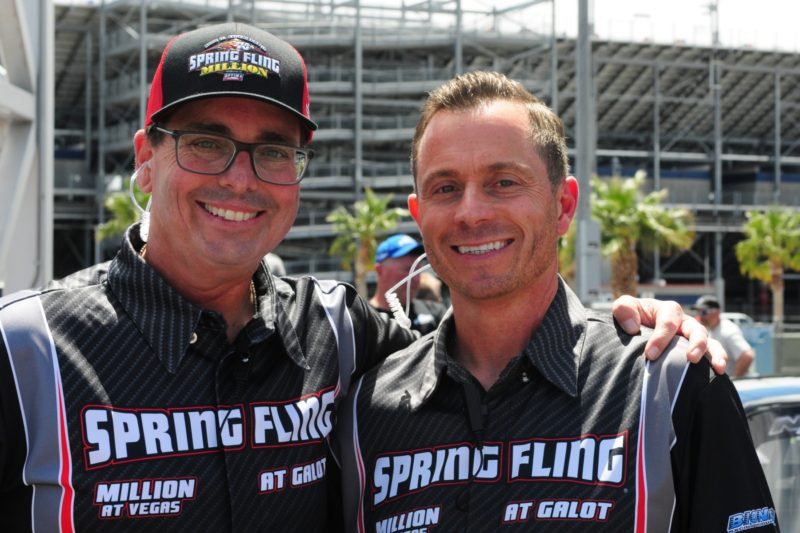
Kyle Seipel and Peter Biondo
KS: Just about every bracket race promoter doesn’t have spectators to deal with. We haven’t had to change our business model other than changing some dates, while others have had to change their business model immensely to get up and running. I think that’s a huge selling point.
The honest truth is there was a lot of worry. I wasn’t sure if we were going to be able to survive. Most of our racers have expendable income and I wasn’t sure if that was going to be the case during this.
SW: Having a double event with a divisional race Thursday and Friday and national event Saturday and Sunday, it’s a win-win for everybody. To have teams there one extra day for one extra event, but your travel and fuel costs and all that are the same, it’s big. Racers like that concept and it’s worked out really well. It’s really been a big thing and been great for everybody.
Another big part is at a double-divisional or double event, they’re the stars and they’re the priority. That just goes over really well. The drivers know they get to make laps and not get pushed around a schedule. At the SFG race at U.S. 131, it was a constant flow of cars all day and that’s what people want to do. People want to race and I think they get to race more at events like that and they become better racers at races like that.
There’s just so many more runs and that gives them that much more data to make decisions. That’s a big benefit to them.
How important has it been to make adjustments, whether it’s a double-divisional race or something else, especially during a time like this?
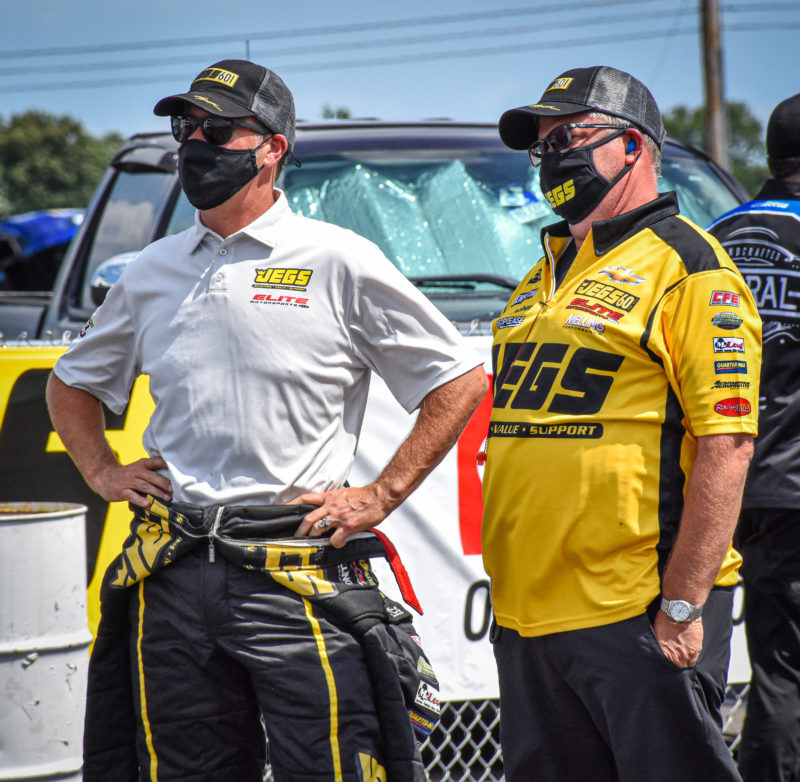
Scott “Woody” Woodruff (right) with Jeg Coughlin Jr.
SW: People are open to change because you’re trying. For a lot of people, racing is a hobby and you’ll always hear people say racing is competitive problem-solving. A lot of people that race are entrepreneurs, so they’re used to taking risks and trying to solve problems. That’s typically not something you just turn off on the weekends, and that’s why racing appeals to them. They want to make things better and figure it out.
We ask them and we learn a lot. I’m not saying every decision we’ve made is the right one, but we ask and learn. We try to get a lot of input from the racers. [In Columbus], people were happy and they loved the event. They were making a lot of runs. Everybody walked away happy and that allows you to build on it and keep making it better for the racer.
You’ve got to evolve with your customer’s needs, especially during a time like this. As a company, we’re able to look at different situations with different hats because we are sponsors, we are racers and we are race teams. So, you try to look at it from each angle, trying to find the good for everybody.
KS: From a track standpoint, we’ve dealt with more challenges than most. California was hit so hard hit, it’s been hard to get anything accomplished, to be honest. Three weeks before we got word we could have an event, we were told no spectators, but once they entered the facility they had to wear a mask unless they were in their motorhome.
At that time, it was just uncharted territory. That said, with all the hurdles, to get 440 cars we were very happy. We had lost the NASCAR race, lost the NHRA national event, so we were ecstatic with the support and participation we had.
We’ve seen that this public health crisis isn’t going away. Can this trend continue with this run of success for racers and participation?

Kyle Riley
KR: You’re seeing a lot of these races getting record car-counts and that’s been great. People just wanted to get out there and race so much. It might have been test-n-tune or a race, but people have just wanted to race. Now we’ll see what the effects of the pandemic are in the fall. Will we continue that surge or will it fall off?
It’s an important time. There’s a big rash of races kicking off in September and hopefully everyone can continue to do well.
I feel very good about it and I feel like bracket racing is thriving, but at the same time we’ve never seen this many big-money races in a short span. September through October, you’ve got something big almost every weekend.
If we can get through this stretch, I believe next year will be huge because it goes back to the original schedule, and all of these races will be far enough apart from each other.
JP: It’s somewhat short-lived right now and you would like a better sample size, but it definitely speaks to the enthusiasm of the racers right now. I don’t know how healthy it can be long-term with something like [a pandemic], and we’re about to get into a time that’s really going to tell the story.
We’re really going to see how healthy this sport is through the fall. I want to stay positive, and all these races speaks volumes about the enthusiasm of the bracket racing community, but the real story is yet to be told. I think by November 1 we’ll have a great sample size.
For our Labor Day $100,000 race, we’re expecting around 200 entries and that’s really strong at that price point. Out of that 200, I think we’ll get another 60-80 to buy another entry. When we built the race in 2019, that’s the number we hoped we could get to. When the pandemic hit, we were extremely concerned and there was definitely some anxiety, but the [July 4] race went well and these entries continue to trickle in. I’m very pleased.

Ultimately, this has to be seen as a sign of strength for the community. What does this tell you as you’ve watched racers stay active?
KS: It was exciting to see and, without a doubt, it makes you feel good. With the challenges dealt to Peter and myself, as well as the rest of the promoters, the year has gone better than expected. It seems like there’s a great future for things.
We’re ecstatic for the fall. It’s going to be a real trying time with six weekends in a row where you can race for $100,000 or more, but from our perspective, we’re feeling good.
JP: Words really can’t describe it. It’s such a lot of work and commitment to guarantee purses for footbrake racing, and to go through unprecedented times with a pandemic that affected everyone, it’s been extremely rewarding and humbling to have that group of racers support you.
It drives you tremendously hard because that many people believe in what you’re doing. This sport, though, it’s like one big team.
Photographs by John DiBartolomeo, Van Abernethy, Courtney Enders and Gary Rowe

